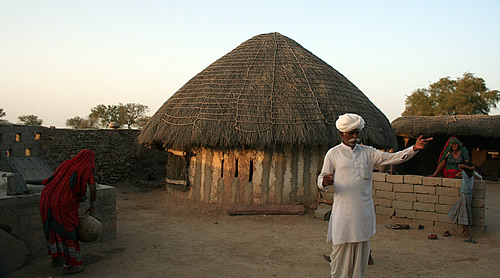

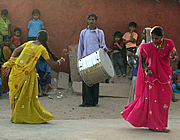
Rohet where our visits to villages were a wonderful highlight, so lucky to be invited into a Brahmin wedding and talk to a family in a peaceful Bishnoi home.
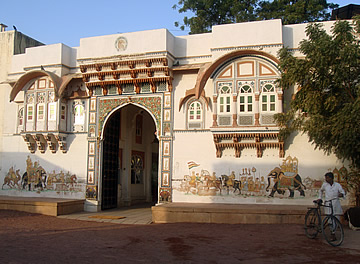
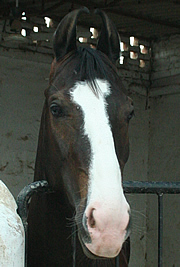
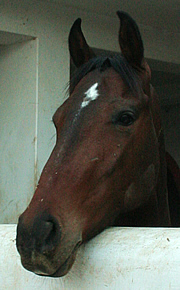
The landscape between Jaisalmer and Rohet is very arid and turning south we began to see huge sand dunes, though there is always some vegetation around.
In Rohet we stayed at Rohet Garh, a heritage hotel which is also still the home of the family descended from the first owner, Thakur Dalpat Singh I, in 1622. The owner is very friendly and the hotel has a reputation for making their guests feel like friends of the family.
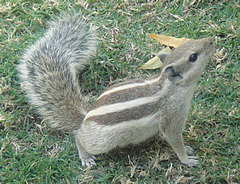
The family who own the hotel are passionate about horses and breed the Marwari - the famous horses of Rajasthan with very distinctive ears. One afternoon we were shown around the stables and paddocks where the prized horses are kept, including a magnificent stallion.
Rohet Garh sits beside a lake which attracts a wide variety of birds and itself is frequented by numerous peacocks, wild in Rajasthan. We spent some time one morning watching peacocks display. There are also lots of what we would call chipmunks but what our guides insist are squirrels.
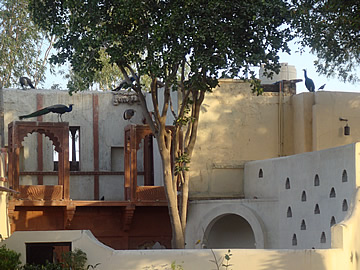
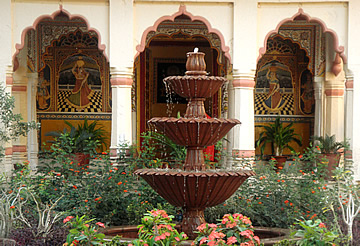
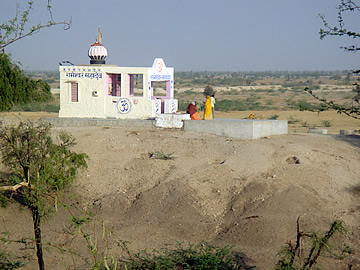
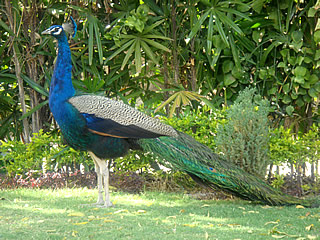
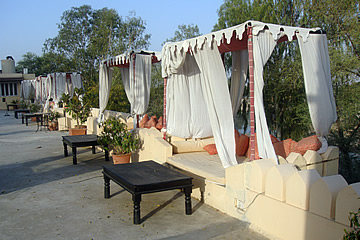
It is a peaceful place, perfect for relaxation, especially in late afternoon when tea and madeira cake were served on the lawn. It has a colonnaded swimming pool and lots of shade. The tented dining room on the first floor, overlooking the pool, is a lovely place to eat, though there is only buffet food to choose from, chicken was freshly barbecued each evening by the pool.
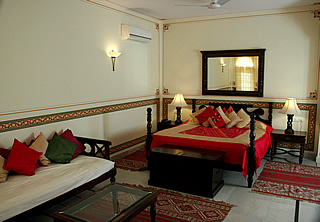
Our room was lovely: large and beautifully furnished in Rajasthani style with bright cushions and covers. It overlooked the lake and had a large stone-built seating area outside - also provided with many cushions. It was a place I could have spent many hours, watching people busy along the lakeside or visiting the little temple on the opposite shore, looking for the exotic birds which flew into the trees or down to the lake edge, or simply relaxing with a good book.
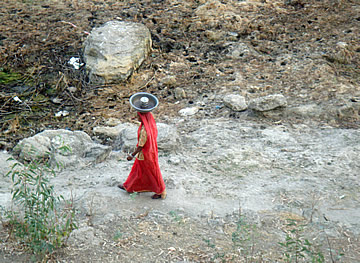
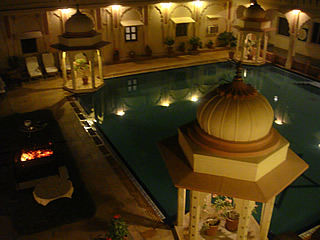

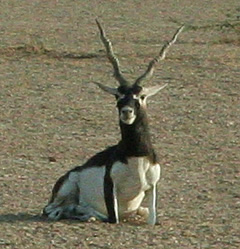
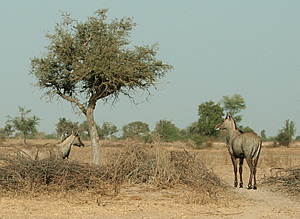
One late afternoon we went on a jeep safari with a very knowledgeable history professor as a guide.
The main aim was to visit two villages but first we were taken out into the flat, parched countryside to see if we could spot any Blue bulls - the largest asiatic antelope. The landscape is extremely dry and scrubby and very bumpy to drive on.
We were lucky to see several Blue bulls, and to get quite close to them, though I think they were all females so didn't see the very dark grey-blue colouring of the male.


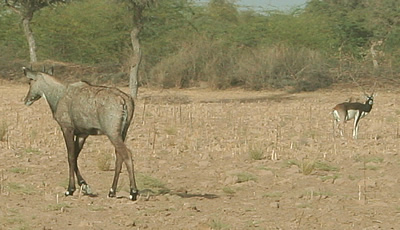
We also saw many beautiful Blackbuck, an endangered species of antelope which has the most beautiful antlers. The Blue bull didn't seem to mind us so much, just ambling away and keeping their distance. The Blackbuck were much more nervous.

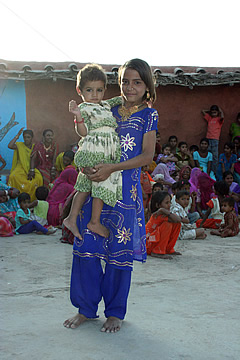
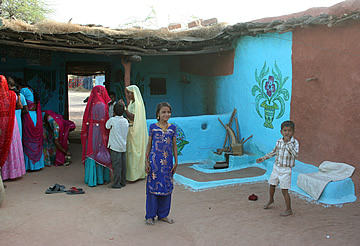
The houses are painted the typical blue of Brahmins. As we entered the village we could see some kind of celebration going on and our guide told us that it was for a village wedding.
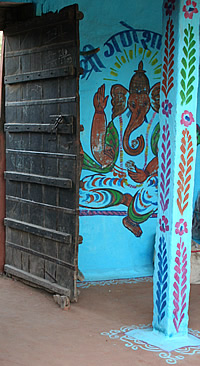
The celebrations can go on for days, depending on the wealth of the families. This was an enchanting experience. With a simple drum and tambourine accompaniment the village women and girls took turns to dance in the street. Although we had seen very elaborate dancing elsewhere, this appealed to me just as much, if not more.
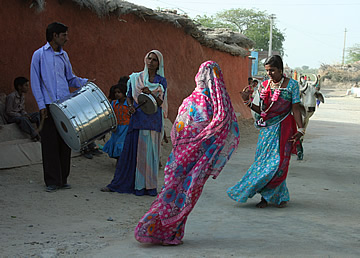
One young girl in gorgeous blue dress followed us around, she was very sweet. All of the women's clothes were truly beautiful. As well as looking good they looked cool and comfortable.
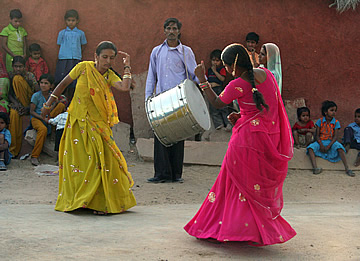
When we returned home we printed off a selection of photographs from the two villages we had visited and sent them to Rohet Garh where the manager had promised to get them to the villagers.
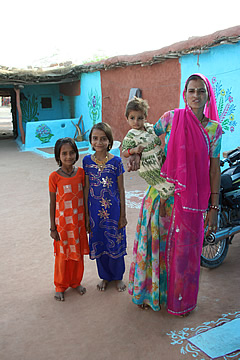
All the houses looked freshly painted and everyone was dressed in their finery. We didn't want to intrude or take photographs if they didn't want us to but they were very welcoming and friendly.
The children, as usual, were keen to have their photographs taken and to see the results. We also took some video and showed it to them - to great round-eyed astonishment!
Though this village looked quite primitive to our western eyes, we saw evidence of an electricity supply in the lighting and motorised vehicles.
We were welcomed to the village by the village elders performing an opium ceremony. The (2%) opium solution was prepared in a little model temple to the goddess Shiva - in deference to our sensitive stomachs bottled water was used! Then the opium solution was served in the palm of the hand. You flick a little of the solution from one finger for the goddess then slurp noisily three times. It was a sort of smoky taste and we suffered no ill effects.
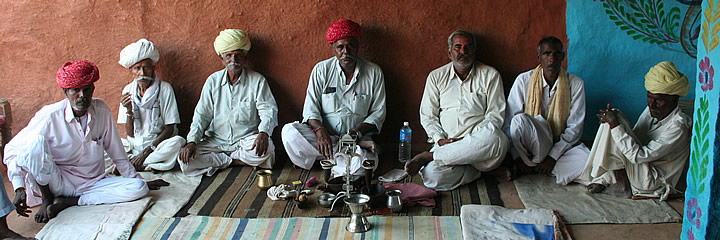
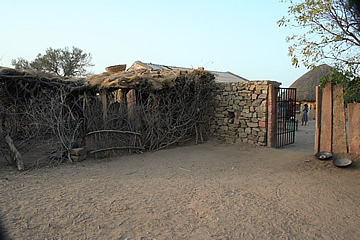
In contrast to the Brahmin village, which was supplied with electricity and running water, the Bishnoi village has no such amenities.
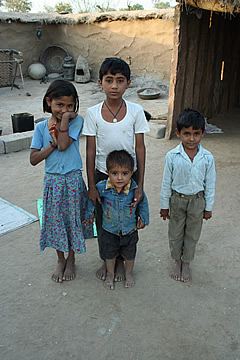
The Bishnoi are a religious group of people who live by the 29 principles of their prophet, Lord Jhambheshwar. Bishnoi means "29".
They believe in equality and have a reverence for nature, never cutting living trees, for instance. All the men dress in white as a symbol of simplicity and the women in red. There is no caste system in their society. They grow millet in the monsoon season and this is ground into flour for chapattis. Their lives are more dependent than most on a good monsoon.
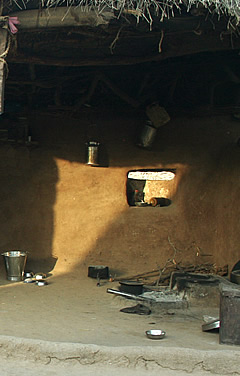
We visited a homestead which had an animal enclosure outside a fenced area for the home of the family: rectangular and circular buildings, mostly with open sides. Furniture and tools were quite basic, string beds, ubiquitous in India, are used both night and day. The children were very sweet, eager to investigate our cameras.
It was extremely peaceful here as we sat on a string bed in a Bishnoi home with the immaculately dressed man of the house, while our guide translated as he answered ur questions and told us about their simple lives. It was quite surreal in this quiet place to think of the contrast with our own complex lives.
